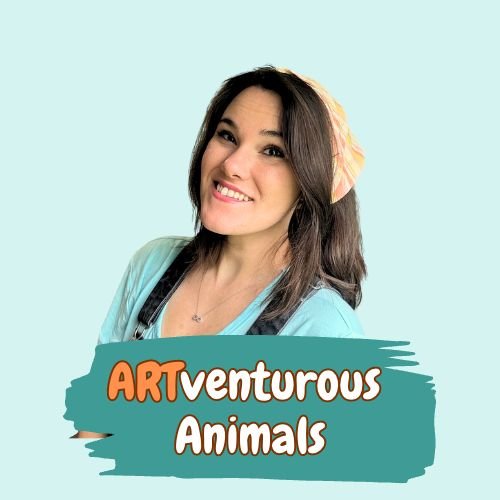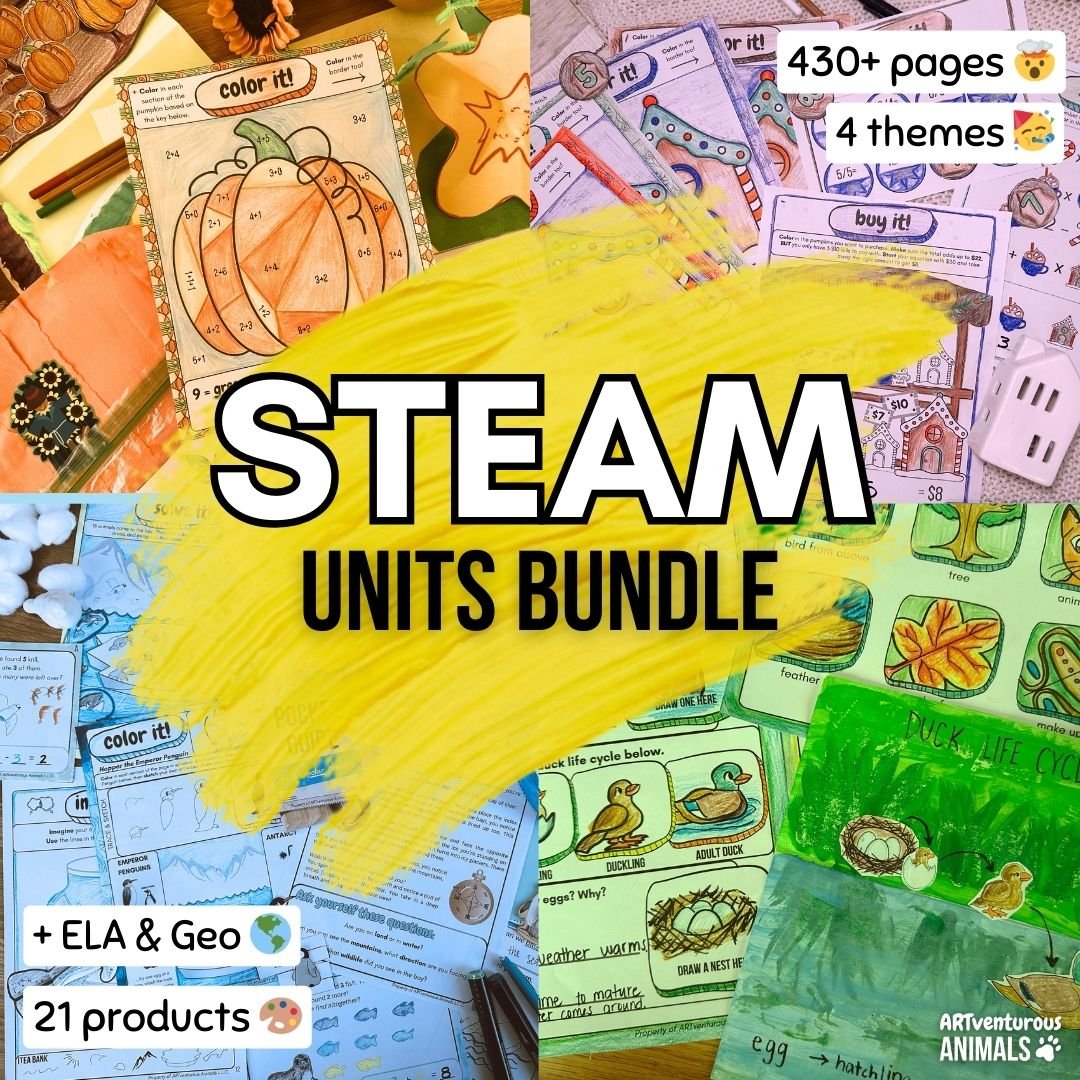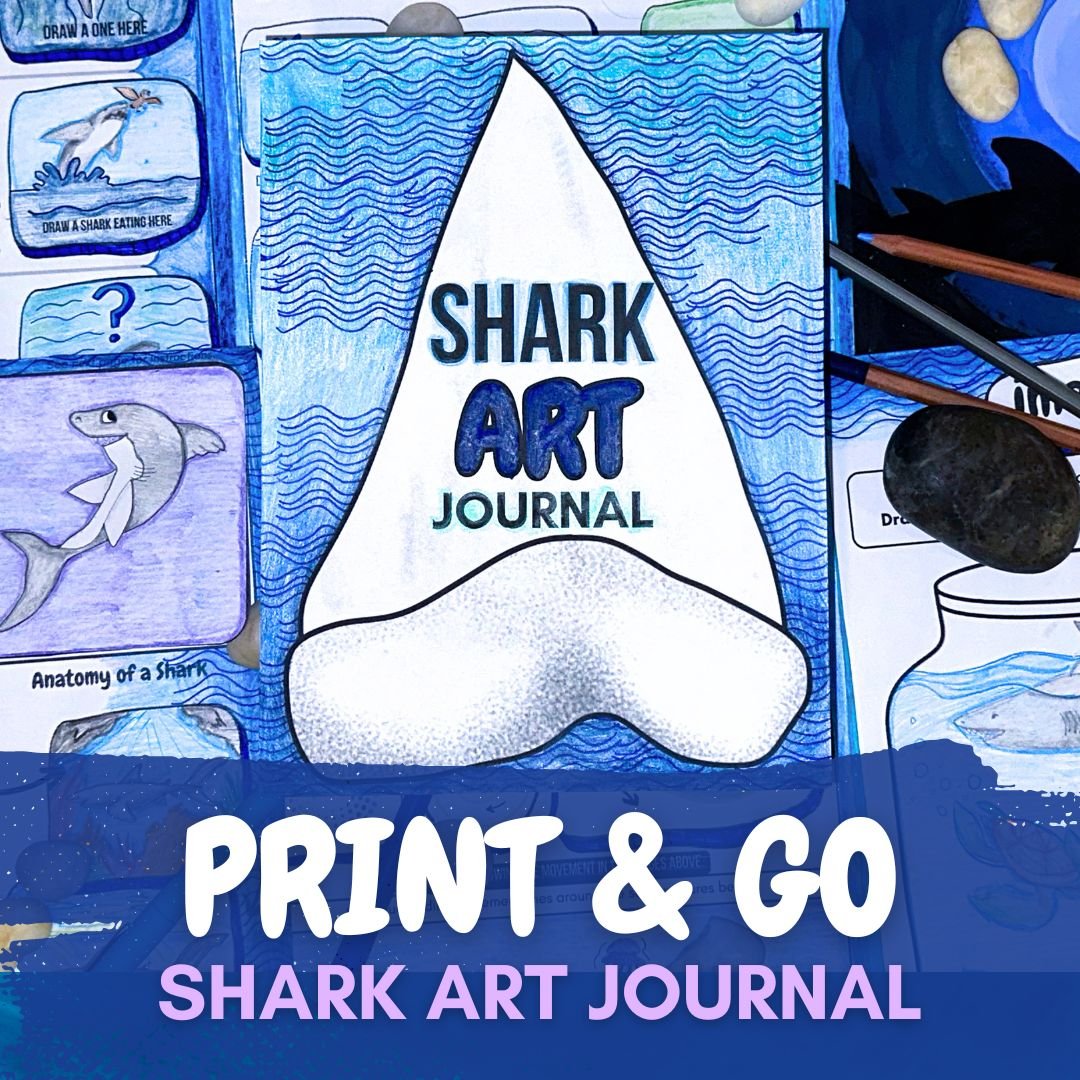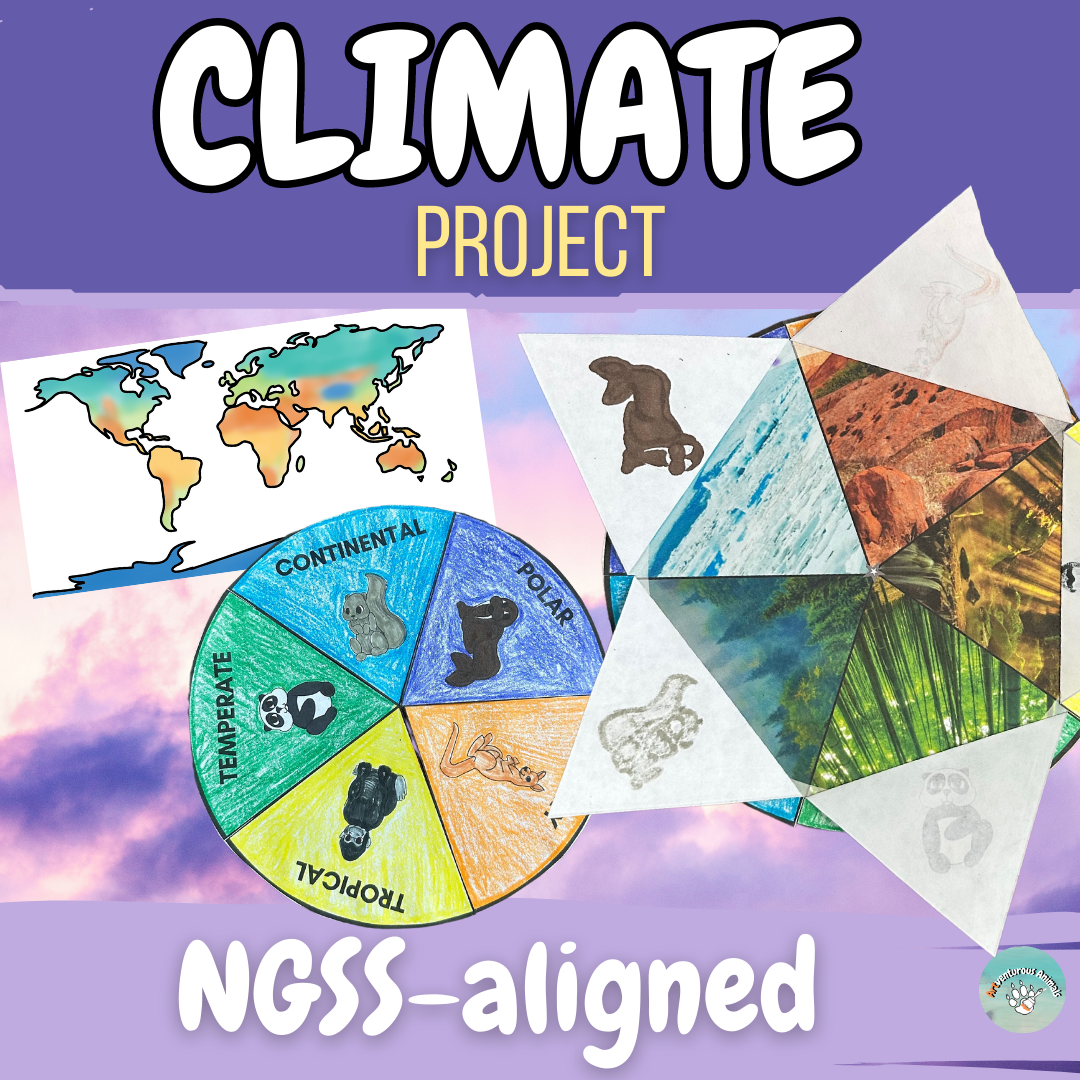Worksheets are killing creativity.
Learning has become more about results instead of curiosity, problem-solving, or child development. I think worksheet-schooling could be killing your kids/students creativity—and probably yours too.
DISCLAIMER: I don’t dislike worksheets. Heck, I sell some! But you’ll see below that the worksheet-schooling culture has shifted education from developing the whole child for future success to results that look good on a transcript.
Grab your coffee, get comfy, and let’s chat about it! ☕️
I HATE looking at forms, bills, or tax info.
I’m pretty sure they suck the life out of my creative soul a little bit 🤣
Now this could be because they’re either requiring more time or money than I’m willing to give, but I think there’s something we can learn here.
If we don’t like black-n-white, fill-in-the-blank forms, why would our kids/students?
The Tea 🫖
The reason worksheet-schooling has become more prevalent recently is linked back to the push for results on tests.
Public schools in America began receiving funding back in 2002 when the No Child Left Behind Act when into place.
The ideals of this act were solid.
If we fund schools for putting in the extra work of helping disadvantaged children, we’ll be making America better, right?
Unfortunately, educational success does not ride on ideals and cash flow alone.
For example, the state of New York is spending $36,293 per pupil during the 2024-2025 school year. 🧐
Is this high price because they’ve seen results from increasing the budget in years past? Nope.
In 2022, they still ranked low in math and reading (key skills that indicate academic success later on), coming in at 32nd for reading and 46th for math. This was comparing 4th graders in New York to the other states in the USA.
I really don’t want to know how they would rank globally…
In my opinion, this shows that throwing money at academic success (in other words, higher grades) is not an indicator of true intelligence, highly developed children, or well-educated adults ready to enter their adult lives.
So here’s the cycle I’ve concluded:
Because of this cycle happening in American public schools for over 20 years, worksheet-schooling has become our default as educators.
Whether you’re a public school teacher, private school educator, or homeschool parents, worksheet-schooling has affected you too.
I’ve worked for 2 major curriculum companies in the educational world, as well as taught in 5 schools around the world. I’ve seen this movement happening, and I’ve had time to re-think the way I teach my own students, whether in-person or online.
That’s why I approach learning differently…
I believe that…
🎨 learning should be creative.
🎨 learning should encourage calculated risk.
🎨 learning should include problem-solving.
🎨 learning should be FUN!
Best way to shift from worksheet results to true learning in my opinion 😊
Ideas for each of these below!
🎨 Learning should be creative.
If you’ve been here for any amount of time, you’ve heard me say this one 😆.
THAT’S BECAUSE IT WORKS!
I had a student once who was really struggling with multiplication. The boring problems on the page weren’t working for her learning style.
So you know what we did?
We drew animals and made her multiplication problems into a story problem!
Think creatively about your kids assignments, especially if it’s arithmetic related. Collaborate with them on how to make their schooling more fun and creative. This could be through drawing math problems, designing a backdrop for a written story, or just doing school outside!
If you’re looking for animal + art story problems, I made a whole line of story problem packs.
They were made with my struggling student in mind 💕
🎨 Learning should encourage calculated risk.
Risk? 🧐
I know it may sound weird, but hear me out. The reason worksheets can be unappetizing to your kids is because of their fear of failure. This isn’t always the case, but sometimes kids get stuck on “perfect.” You as their educator know you just want them to do their best, but that’s now always what their internal voice is saying.
Hands-on projects are a great way to help kids get out of their heads and make mistakes in a safe way.
For example, my fox adaptation is a “perfect” place to be risky. In the project, kids mix and match different adaptations from 3 different foxes to see how theirs would hypothetically survive.
What do you get when you take the face of a red fox, the body of a fennec fox, and the tail of an arctic fox? Well, that’s for your kids to find out! The project is open-ended, meaning they can experiment with the adaptations until they find one that works.
If this sounds helpful to you, check it out here!
🎨 Learning should include problem-solving.
Do you know one of the best ways to slip problem-solving into your curriculum? MYSTERIES!
This could be mystery books, puzzle games, or escape rooms. When kids are enthralled in unraveling a mystery, they’re actually problem-solving!
Problem-solving is a real world skill that activates the prefrontal cortex. That means problem-solving is interesting to kids AND develops their brains!
Check out my geography mystery series for a printable mystery project!
🎨 Learning should be FUN!
Last suggestion for recovering your kids from worksheet-schooling: make it fun!
The easiest way to make learning fun is to find resources that teach the subject they need with a topic they love. Unit studies are a great place to start with this!
You can make a unit study about pretty much anything. Read my blog about it for more inspiration.
You can also browse my unit study collections below.
Click an image to see!
So what happens when you combine all 4 elements of what learning should be?
You get something like my Climate Zone Project!
CREATIVITY: Kids get to color in the animals in the project, as well as design the 3 layers with the colors they want.
CALCULATED RISK: the 2nd layer has a part to draw a snapshot of the climate zone. Kids can look at the example pictures and try to replicate it on their own.
PROBLEM-SOLVING: Which animal goes where? Kids match the animal to the climate. Only 1 animal can fit perfectly into each climate zone!
FUN: Who doesn’t love animals, art, and adventure? ;)
Click the image to check it out!
Although education has shifted to worksheet-schooling instead of overall child development, there’s hope.
Add in the 4 learning ingredients into your teaching this week, and let me know how it goes!
Also, comment below which ingredient you think will help break you free of worksheet-schooling:
🎨 creativity
🧗 calculated risk
🧐 problem-solving
🐯 fun
Thanks for being a part of this adventure!
-Abbey 🩷
ARTventurous Animals









